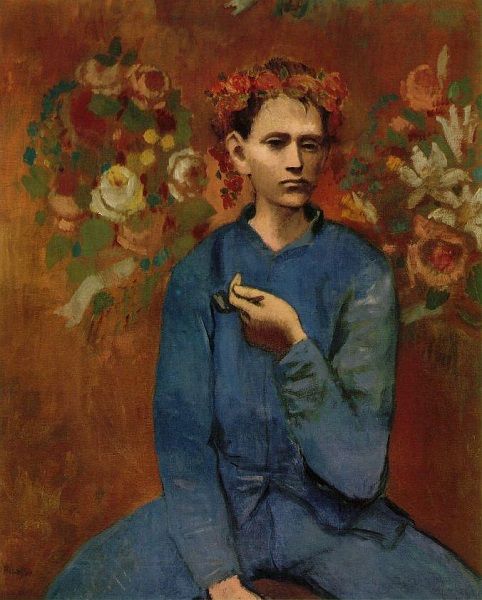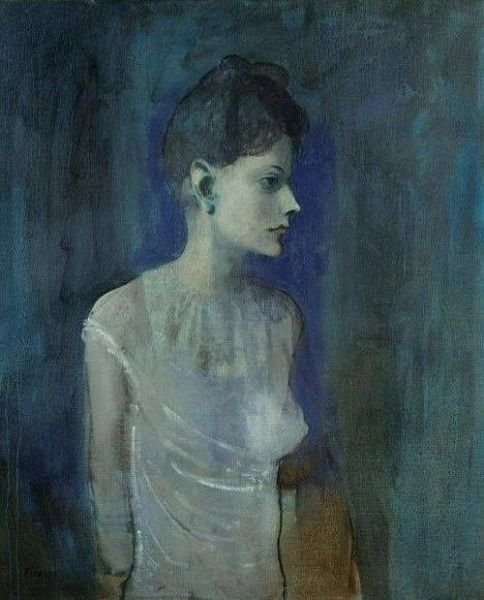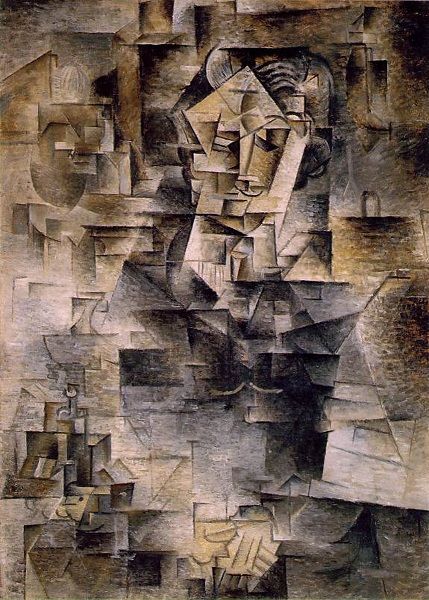The genius of Pablo Picasso

Considered the most important figure in 20th-century art, Pablo Ruiz Picasso, known as Pablo Picasso, was born in Malaga, Spain in 1881 in a family of artists and parents loving art. Incidentally or not, Picasso's first words were "piz, piz", which abbreviated as "lapiz" means "pencil." His father was an artist, and the young Pablo Picasso was conquered by the magic of art from an early age. Only 11 years old he began to formally study and practice art. Picasso's father had serious ambitions for his own and wanted to ensure that the child would receive the best education the family can afford. He also often leads young Picasso to Madrid to show him works by many Spanish artists and artists. By the time he is still a teenager, Pablo Picasso is interested in the themes and ideas of classical arts that can be found in his early works such as The First Communion, which he painted in 1895. Only 15 years.

The Weeping Woman by Picasso
His family moved to Barcelona in 1895, where Picasso continued his education and where he began his journey to become a skilled artist. When he was 16, he was sent to the Royal San Fernando Academy in Madrid. Picasso, however, begins to show his personality and his own ideas in art, and he definitely dislikes the formalities and gradually stops attending the lectures at the academy.
Instead of school, he spends many hours at the Prado Museum in Madrid, where he looks for days at Francisco Goya and El Greco. When he returns to Barcelona, Picasso likes to visit the Els Quatre Gats, a cult café, where he meets anarchists, modernists and bohemians. He also acquainted with the styles of Art New and Symbolism, as well as notable artists such as Edvard Munk and Henri de Toulouse-Laurent, whose works will directly influence his style.
Picasso quite well managed to establish himself as an artist with his own and identical way of expression that distinguishes him from other artists. The year is 1900, the month - October. This is one of the most important decisions Picasso has ever taken - he gets on the train and moves to Paris, and a few years later he finds out that this really is his place and he lives forever there.
Despite the important decisions and the influence of western culture and Western artists, it can not be said at all that this period of his life brings only joy and happiness

Girl Before A Mirror
The blue period by Picasso
The dark days come with the so-called blue period. It lasts from 1901 to 1904. The paintings of Pablo Picasso are almost monochrome, with distinctive and pronounced basic nuances of blue and blue-green, although other colors are present. These years are known as "The Blue Picasso Period" because they have a very melancholy, depressing and sad feeling. According to some researchers, they reflect the grief and poverty that Picasso sees on the streets of Madrid and Barcelona. The suicide of his friend Carlos Kasagmess, a poet and art student, is considered by historians to be an extremely important element in the "Blue Period," which describes Pablo Picasso's internal theories and problems of coping with the grief of his friend.

The Tragedy by Picasso
His works deal with issues such as poverty, social instability and showing beggars, homeless, prostitutes, poor aging people, weak and hungry, blind, and others. According to the Chicago Institute of Art, Picasso's most famous work of this period is 'The Old Guitarist', painted in 1903.
The transition between the blue and the pink period began in 1905 and lasted until 1907, with warm colors prevailing, pink and red. During these years he painted mainly circus performers - dancers, acrobats and comedians. Although the plot of the paintings are more cheerful and much more alive than the lanes of Pablo, loneliness is lonely. Since 1904, new themes of ideas in Picasso's work have begun to emerge. Later these years will be called "Rose Period"
.jpg)
A Boy with Pipe by Picasso
But the trials do not stop. He had just found a balance in his career as a painter, and in 1914 Europe was thrown into the World War I carousel, and his Parisian friends went to the front. Paris is becoming a depressing and suffocating place. During this time, Picasso also suffered a personal loss, then his favorite dying from tuberculosis. The artist is crushed by so many losses and leaves his home by moving to the outskirts of Paris.
In addition to World War I, Pablo Picasso also experienced World War II. It is terribly difficult to make money when art is not on the agenda, but Picasso realizes it but does not stop working. He stays away from the storm of war, yet his life is full of difficulties and adversity. The war once again casts a grim and shadowy shadow over Picasso's works.
Picasso furiously hates Nazism, and when Paris is finally released and Nazi Germany falls, he becomes a member of the French Communist Party, which is his personal rebellion against the fallen regime.
Picasso settled in Paris. His collaboration with George Brak creates a form of art called Cubism. He created the world-famous work Les Demoiselles d'Avignon in 1907. Cubism is a form of art where cubes and geometric outlines are used to display three-dimensional shapes. This artistic form opens new boundaries in the visual reality of art and is the basis for abstract styles such as constructivism.

Portrait of Señora Soler by Picasso
On May 1, 1937, Picasso painted one of his most famous works - Gernica. This picturesque work is grim and highlights the horrors of the civil war that is being waged in Spain.
The artist synthesizes all his previous experience - from realism, through the "blue" and "pink" period, the lessons of Cubism, to Expressionism, flat painting and surrealism.
The painting was named after the peaceful Basque village of Gernica, where unnecessary brutal atrocities took place, leading to the loss of hundreds of innocent victims and virtually total destruction of the city.
Until his death in 1973, Pablo Picasso created more than 20,000 paintings, sculptures, paintings, ceramics, costumes and theatrical works.

Portrait Of Daniel-Henry Kahnweiler by Picasso
This makes him one of the most famous, great and productive artists of the 20th century. Picasso's versatility and the wide array of expressions he uses and creates influence many artists and artistic movements who have followed his ideas. The role in the creation and development of Cubism has influenced many artists who appeared in the 1950s. To date, Picasso's work has continued to be mentioned by scholars, historians and enthusiasts as emblematic and as the cornerstone of the development of modern art.
On April 8, 1973, Picasso dies. Sinking in the arms of death is a true paradox against the background of the stormy life that leads. He is buried in Vovenarg, and the paint "Woman with a vase" is placed as his tombstone.
The great painter, who imposes currents and brings a real revolution to the art of the twentieth century, writes on the last page in his sketchbook:
"The paintings dominate me, and I always obey them"
nice art my friend
Yes, one of my favorite artists.
Nice post I like Picasso, I had an older post about the evolution of his selfportraits.
Nice, I'll check it out. :)
I wrote an article about Pablo Picasso’s Love Life - his wives, women and lovers. I hope you will enjoyr eading it. You can find it here